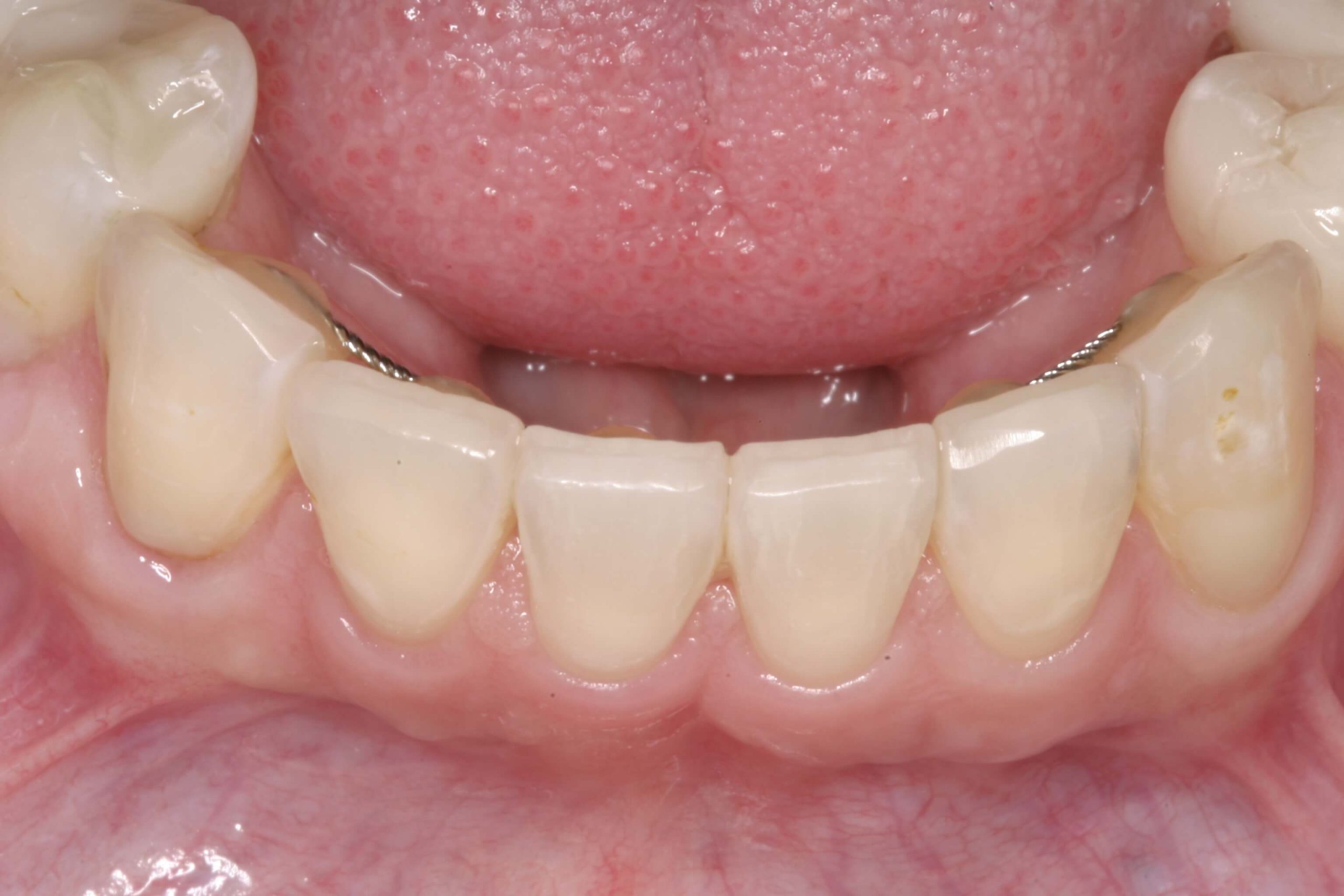
Leading and Trailing Edges: Part 2
How do you ensure aspects like pitch, bevel, crossover, and trailing edges are taken into account? Here, Dr. Green continues his commentary on this valuable aspect of dentistry.
A Flaw of Design: Why Leading & Trailing Edges Matter
While I was helping in the Pankey Scholar Program, the participants would video their patient during the post-case conversation. They would record the movements of the patient in protrusive, left, right radial lateral into crossover, and lateral protrusive.
As I was observing patients in the videos, I would occasionally notice a hesitation once they got to the tips of the cuspid. Sometimes there would also be a quiver of the jaw or muscle twitch. I would usually review the video later with the participant and look at the finished case on the articulator with them. We would talk about how they could put a ‘landing facet’ on cuspids too since they are anterior teeth.
They were beautiful porcelain cases, so I would show them on another set of models how easy it was to do. I told them they would know it was right when the patient’s eyes smiled and the hesitation and muscle twitching went away. Another benefit of a facet on a cuspid is that it is gentler on opposing incisal edges of centrals and laterals in all mandibular movements.
Talking About Edges
One way to talk about the leading and trailing edges: on upper anterior teeth, including cuspids, the leading bevel is at the lingual-incisal junction. The bevel develops naturally on natural teeth. With restorations, the dentist creates it.
The leading edge of the lower incisors, including cuspids, is on the facial incisal junction. It is created in natural teeth with normal function. When restorative material is used, it must be managed by the dentist.
The trailing edges and bevels (labial-incisal edge of upper anteriors plus cuspid and lingual-incisal edges of lower anteriors, including cuspids) are always shaping with function. This can lead to micro-fracturing or major sheering of enamel vertically. Therefore, the trailing edge bevel must always be managed by the dentist with intention. The goal should be preventive with natural tooth or any restorative material.
Once a natural tooth has been worn to the point of losing incisal embrasure, the medial and lingual marginal ridge convex Shaw on the lower can act like a chisel against the labial incisal edge of the upper. This is seen often in a crossover position.
Edges, bevels, and pitch may not be simple, but awareness comes in the doing and observing!
Related Course
E2: Occlusal Appliances & Equilibration
DATE: April 6 2025 @ 8:00 am - April 10 2025 @ 2:30 pmLocation: The Pankey Institute
CE HOURS: 44
Dentist Tuition: $ 7400
Single Occupancy with Ensuite Private Bath (per night): $ 345
THIS COURSE IS SOLD OUT What if you had one tool that increased comprehensive case acceptance, managed patients with moderate to high functional risk, verified centric relation and treated signs…
Learn More>







Hi – I would a couple of “typos” on the Part II that if corrected would probably make more sense to the reader. When talking about Trailing Edges: they do “shape” with function, yet more importantly the trailing edges are “sharpening” with each stroke and the bevel must be reestablished by the dentist from time to time. Secondly, on lower incisors that have been worn and lost their incisal embrasure, the mesial and distal marginal ridge “shape” (instead of Shaw) is convex and can act as a chisel and fracture out a large piece of the upper anterior tooth on the labial aspect of its trailing edge. my “typo’s” – sorry!